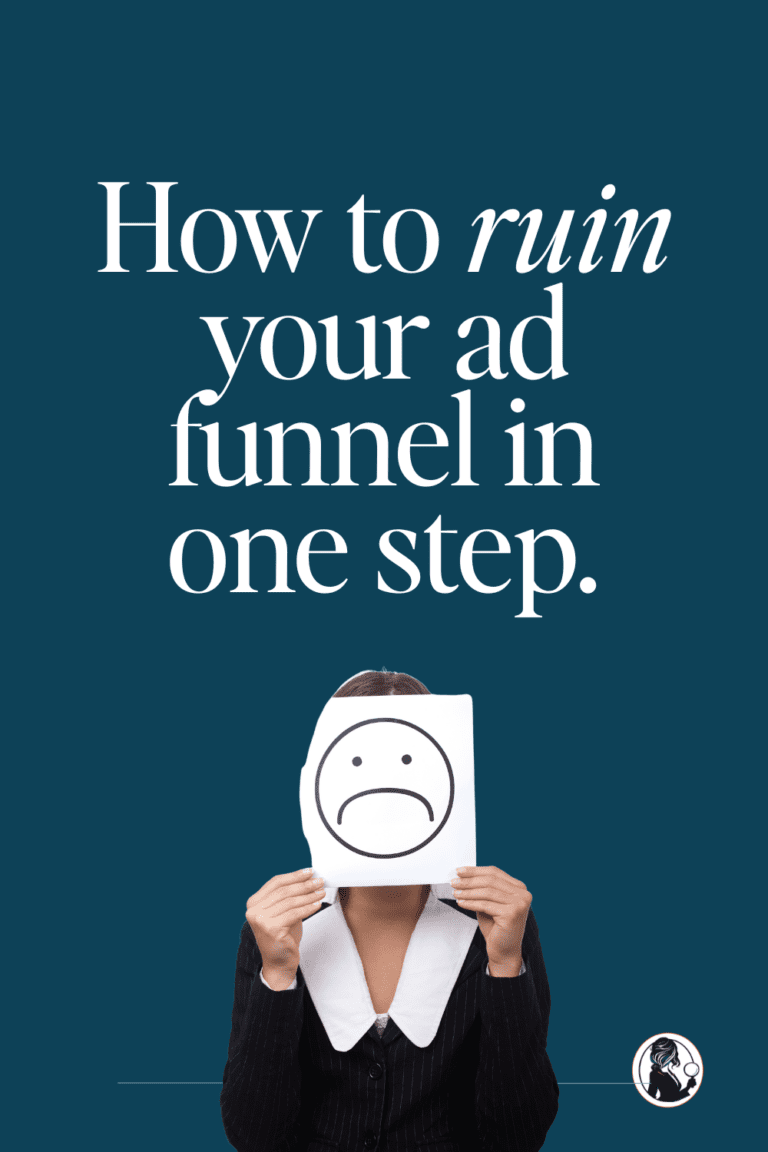What Files You Need from Your Logo Designer
Over the course of my career, I have put together many a brochure for clients that require logos from a variety of other companies. Sponsorships, partnerships, etc – we all want to build brand capital by connecting ourselves to other brands.
But often times, this step becomes a major stopping block in getting the work done.
In one such recent case, I went searching to grab the appropriate files I would need from the companies. The file had to be high quality to print crisp and clean and make the brochure for my client look professional and compelling.
The company in question didn’t have the right file.
The designer who created their logo didn’t have the right file. Which meant that for this logo to be used, it would either print at a very poor quality (and look terrible for the company and for us) or it would have to be completely recreated in a format that would work.
When you’ve paid a graphic designer to create you a logo that you can use for your business, you should be able to use that logo in any given circumstance. Ever. Even ten years later when your company’s name is a household item.
Start With Success In Mind
Getting a logo designed is often one of the first steps a company takes when it gets started. But it’s also something they get wrong. Businesses are in such a hurry to get moving that the logo becomes a down-and-dirty piece of getting started.
At a writing conference I attended years ago, an author who had hit major success as an indie publisher and now tops the NY Times charts on a daily basis gave a great talk about preparing for success. One of the things she said was to set up your business like you expect it to be successful. Because if you don’t, when you are successful, the business side of things can become more painful than it should be.
Isn’t that a great outlook? Set it up expecting to be successful. Act as though you know you’ll need the same things that a successful business needs.
Your logo is one of those steps that can cause unnecessary friction (as the aforementioned company discovered) down the road if you don’t get what you might need from the beginning.
But I just need something for my website.
How many of you have said this when getting a logo created? It doesn’t need to be fancy. It just needs to take up space on my website. Logo done? Check.
Wrong.
What about when you get bigger than that? You might need a business card. You might want to offer swag or giveaways. What if there’s a great billboard on the corner of Success & Awesome that you want to put your logo all over.
That logo created to work on your website isn’t going to work for those. it’s not big enough or crisp enough.
So here’s the skinny on what a successful business needs in a logo design file. Ready for it?
Logo designs should be vector-based.
Vector what? Who’s Vector?
I hear you.
Let me explain the difference.
You’ve likely heard of a few of the types of image file types: jpg, gif, png or maybe some of the newer ones: SVG, webp. This is what you’ll find on the web. These are image files that use lots of tiny little color pixels to create the image you see. This means they can’t be resized (say, from 3 inches wide to 5 inches wide) or changed without making the image look fuzzy or weird.
Vector images are files that can be stretched big, small, and everywhere in between without losing their quality. So when you decide to announce your business on that billboard on the corner, your logo will still look awesome.
When you’re talking to your design, this is what you should tell them what you need for your logo:
I need a vector based logo file in these variety:
- a 2 color version
- a 4 color version
- a 1 color version
- All of these in non-outlined and outlined eps files
- a png file and a jpg file for web use
It might sound like a lot, but when you have these versions of your logo, you can do anything you want with it in the future. And truly, isn’t that what you paid for?
A logo is a marketing tool: make sure you treat it as one.
—
Edited and updated from an article originally published at The Theater of Marketing | Photo credit by FirmBee on pixabay







